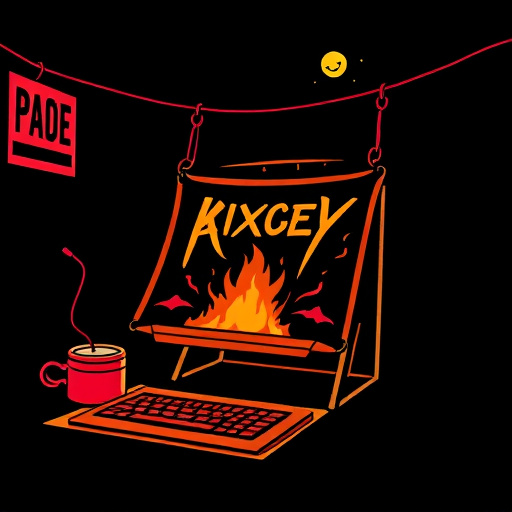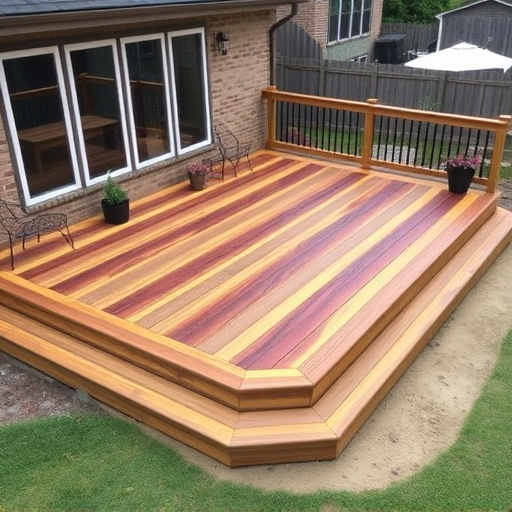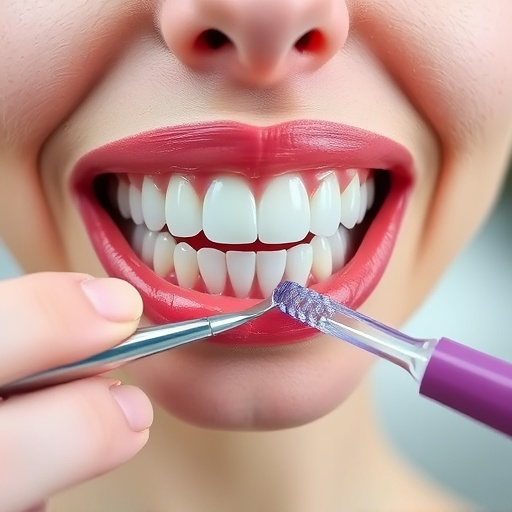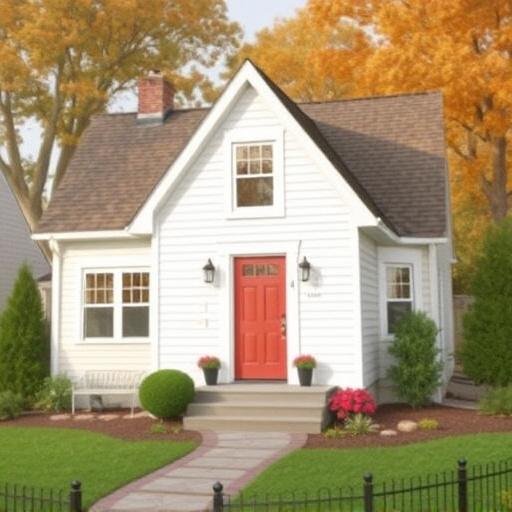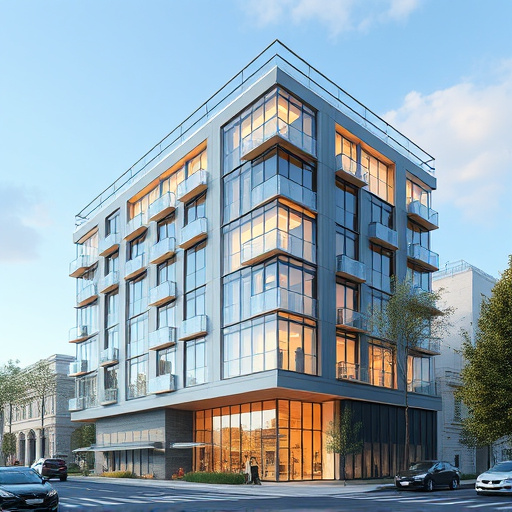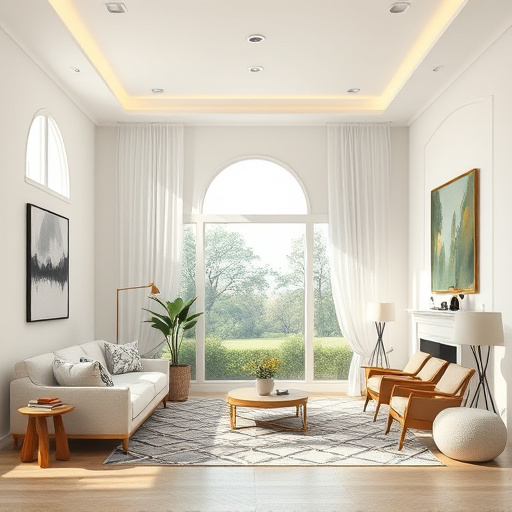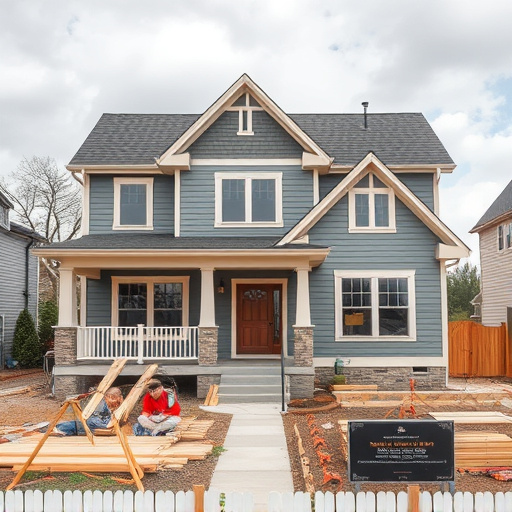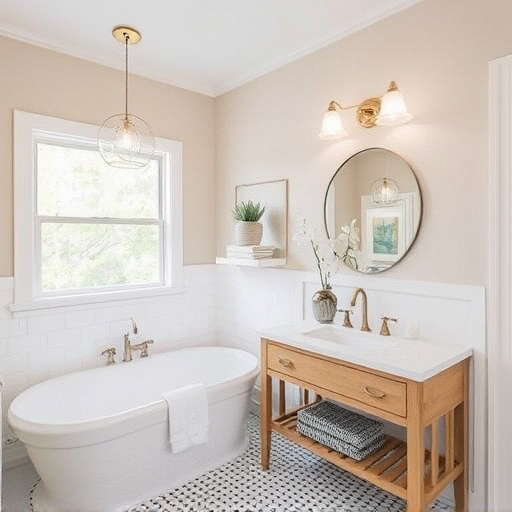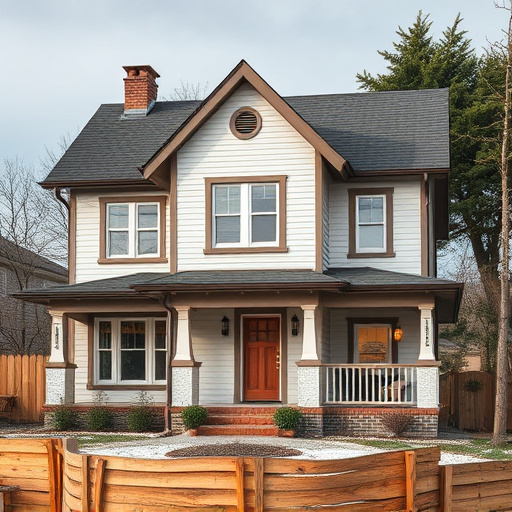Cabinet refacing is a budget-friendly and time-efficient way to revitalize kitchens and bathrooms without replacing cabinets entirely. The process includes removing and replacing doors, drawers, and hardware, resurfacing and repairing existing cabinets, and applying new finishes for an updated look. Ideal for smaller renovations or preserving original hardware, it offers homeowners an affordable alternative to full replacements while maintaining interior design character. However, severely damaged cabinets may require more extensive work.
Considering a kitchen upgrade? Cabinet refacing or full replacement—which is right for you? This guide breaks down the pros and cons of both options. Cabinet refacing offers cost-effectiveness, faster turnaround times, and preserves structural integrity, but has limited design choices and might hide existing damage. Full replacement provides complete customization, improved functionality, better durability, and potential home value boosts, yet it’s pricier and takes longer. Weigh these factors to make an informed decision for your kitchen remodel.
- Assessing Cabinet Refacing
- – Definition and process overview
- – Benefits of refacing: cost-effectiveness, faster turnaround time, preserving cabinets' structural integrity
Assessing Cabinet Refacing
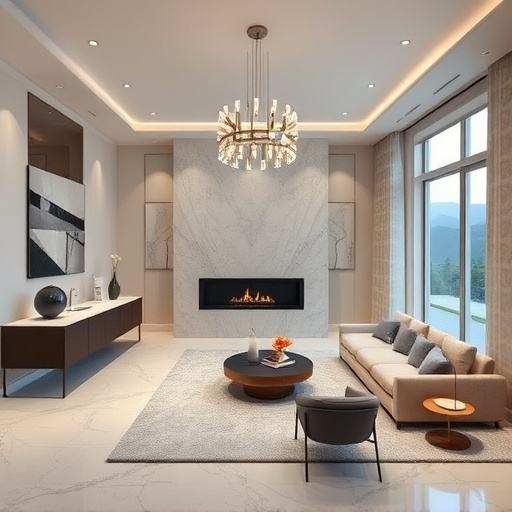
Assessing Cabinet Refacing
Cabinet refacing is a popular choice for those looking to revitalize their kitchen or bathroom without breaking the bank. It involves removing the doors and drawers, relining the cabinet boxes, and installing new faces along with hardware. This process offers a cost-effective way to transform the look of your space while retaining the original cabinet structure. For smaller areas like a kitchen or specific cabinets in a bathroom remodel, refacing can be an excellent option, as it preserves the existing framework and minimizes waste.
Home remodeling projects often require careful consideration of budget and time constraints. Cabinet refacing presents itself as a practical solution for homeowners undertaking whole house remodels or focused on specific rooms. By focusing on the visible elements, this method allows you to create a fresh aesthetic without the extensive costs and timelines associated with full replacement.
– Definition and process overview
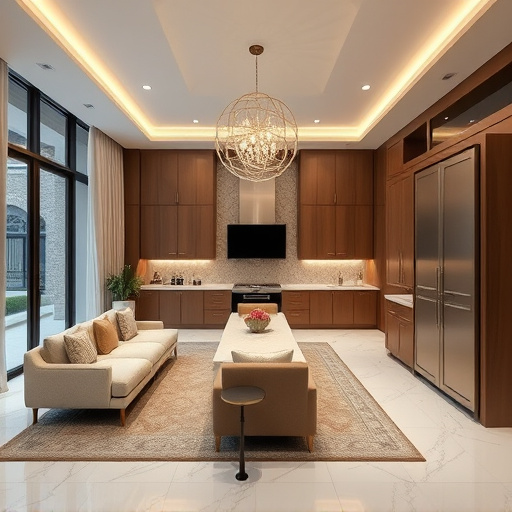
Cabinet refacing is a cost-effective way to refresh your kitchen or bathroom cabinets without replacing them entirely. The process involves removing the existing cabinet doors, drawers, and hardware, then sanding, repairing, and/or replacing worn surfaces while keeping the original cabinet structure intact. New finishes, such as paint or veneer, are applied to create a like-new appearance. This option is ideal for those looking to update their space without breaking the bank or undergoing a full renovation, which can involve extensive demolition and construction.
Unlike a full replacement, where cabinets are taken out and replaced with new ones, cabinet refacing allows you to retain the original hardware and layout, preserving the character of your interior design. It’s especially beneficial for homes with unique cabinet styles or those who wish to avoid the mess and expense of a multiple room remodel, including exterior painting projects. However, it’s important to consider that refacing might not be suitable for severely damaged cabinets and may require additional work in terms of interior painting and detailing to achieve a seamless finish.
– Benefits of refacing: cost-effectiveness, faster turnaround time, preserving cabinets' structural integrity
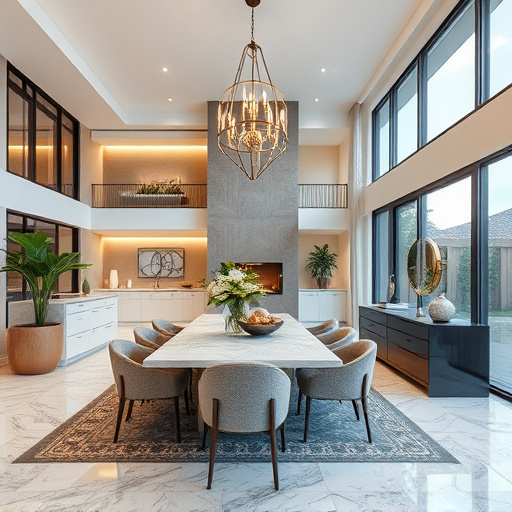
Cabinet refacing offers a cost-effective solution for those looking to refresh their kitchen or bathroom cabinets without breaking the bank. It involves resurfacing and reworking the existing cabinet boxes, doors, and drawers, giving them a new look while preserving their structural integrity. This process is significantly faster than full replacement, saving time and potentially delaying other aspects of a remodel.
Additionally, refacing allows homeowners to maintain the original layout and hardware, which can be especially appealing when coordinating a multiple room remodel or customizing interior painting schemes. By choosing cabinet refacing over full replacement, property owners can enjoy a sleek, updated space without incurring the higher costs and longer timelines associated with complete cabinet overhauls.
When deciding between cabinet refacing and full replacement, considering both the pros and cons is key. Cabinet refacing offers a cost-effective and efficient solution, preserving the existing structure while providing a fresh look. However, it may not accommodate modern design preferences or address significant damage. Full replacement, though more expensive, allows for complete customization and can transform cabinets to meet current aesthetics. Ultimately, the choice depends on individual needs, budget, and desired outcome, with cabinet refacing being an excellent option for those seeking a swift and economical renovation.

